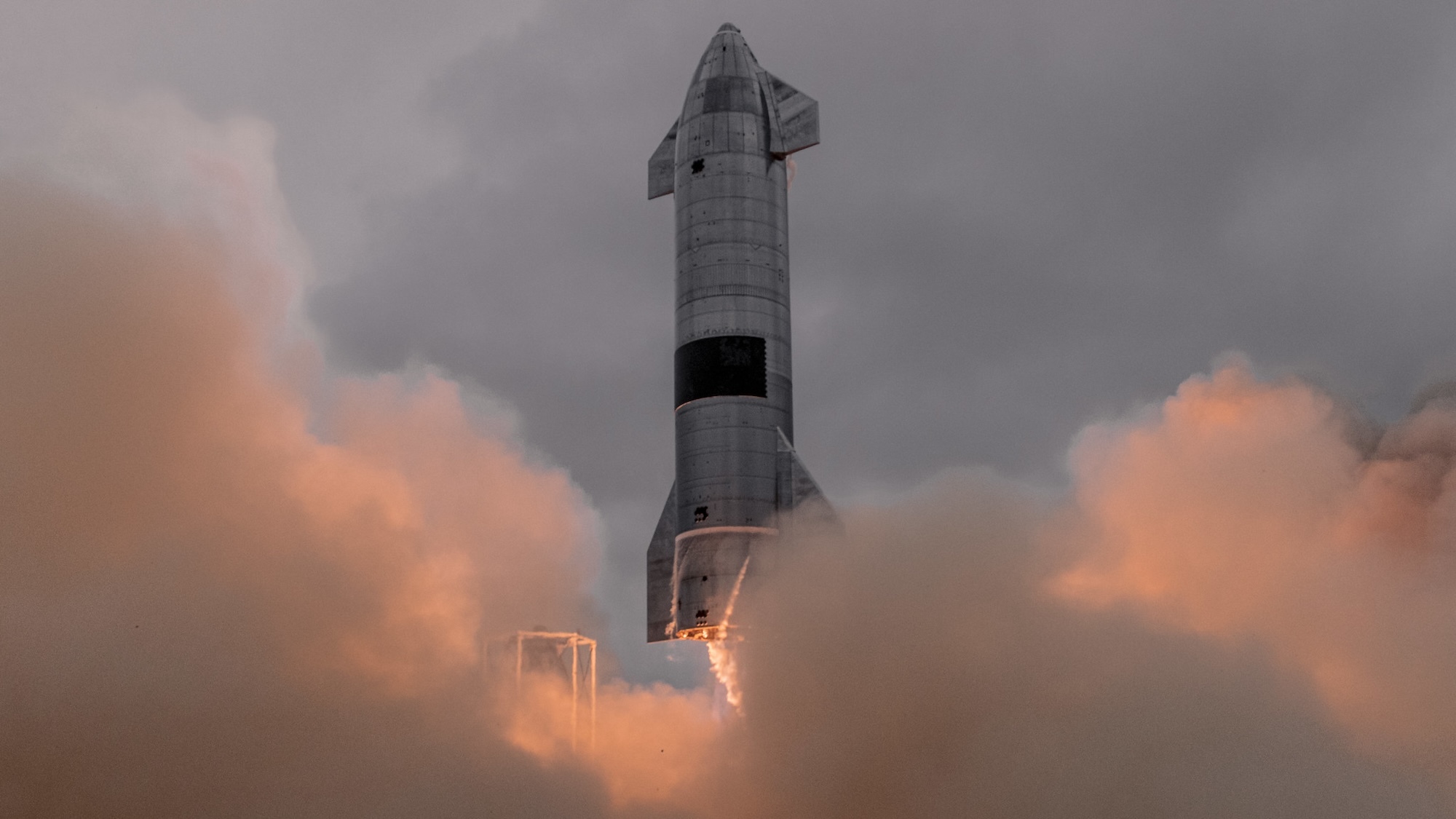SpaceX’s Starship launches at the company’s Starbase facility near Boca Chica, Texas, have allegedly been contaminating local bodies of water with mercury for years. The news arrives in an exclusive CNBCreport on August 12, which cites internal documents and communications between local Texas regulators and the Environmental Protection Agency.
SpaceX’s fourth Starship test launch in June was its most successful so far—but the world’s largest and most powerful rocket ever built continues to wreak havoc on nearby Texas communities, wildlife, and ecosystems. But after repeated admonishments, reviews, and ignored requests, the Environmental Protection Agency and the Texas Commission on Environmental Quality (TCEQ) have had enough.



No they’re not. You’re sitting here asking open ended questions like “do you think that will be good for the upper atmosphere”.
It was a rhetorical question.
No, you said that NASA is monitoring methane emissions in the upper atmosphere and that it’s harming us.
Please provide your source for that claim.
The article I showed you about SpaceX destroying the ozone layer was not talking about methane:
I guess you didn’t read it.
But yes, NASA does monitor methane emissions.
https://www.nasa.gov/centers-and-facilities/jpl/methane-super-emitters-mapped-by-nasas-new-earth-space-mission/
Lol I know. Then you brought up their methane missions.
Your ‘bashing everything remotely associated with a villain’ is just as flawed as people’s hero worship. You see company’s as their CEO, I see them as a large collection of workers.
Good thing that’s not what I’m doing then.